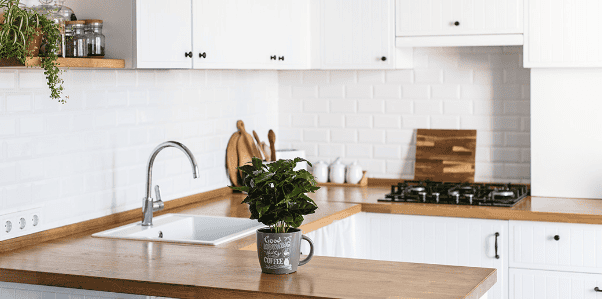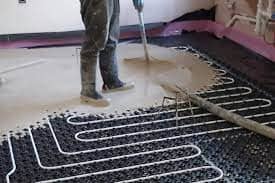Coating and plating are both commonly used techniques for covering the surface of an item/object. This item or object is usually referred to as the ‘substrate’. The purposes of the coverings can be aesthetic, functional, or both.
Coating
Coating is essentially the covering of the surface of an object with an additional thin layer. Paints and lacquers are both types of coating. Coatings can increase adhesion and improve resistance to corrosion and wear. Coating materials can be liquid, solid, or even gas. The thickness of the coating can be tightly controlled.
Coatings usually fall into one of three categories: industrial, architectural, or special purpose. Within these categories, some of the most common types include epoxy coatings, plasma coatings, alkyd coatings, polymer coatings, and powder coatings.
The most commonly-used coating methods include galvanising, vapour deposition, and thermal spraying
Electroless Nickel coating
An Electroless Nickel coating is applied using a process called Electroless Nickel Plating (ENP). This is so-called because it does not use an electric current. There are specialists who have the ability to add an electroless nickel coating to a range of different items.
Plating
Plating involves the depositing of a metal onto a conductive surface. This technique has been used for centuries but is still useful and effective today. The reasons for using this technique can be purely decorative, or can be functional to improve corrosion resistance, solderability, hardening, altering conductivity, improving reflectivity, and so forth.
Plating is used in a number of industries, notably in the jewellery industry, where it enables a gold or silver finish, and in the medical equipment sector, where it can add a resilient exterior. It can also be seen on musical instruments, in electronic devices (circuit boards), and on engine parts/components.
Methods of plating include electroplating, sputter deposition, and vapour deposition. Electroplating uses ionic metal and electrons, electroless plating uses an aqueous solution, and deposition methods utilise either liquids or powders.
The main difference between the two is that plating can be applied to conductive surfaces only, whilst coating can be applied to conductive or non-conductive surfaces.





